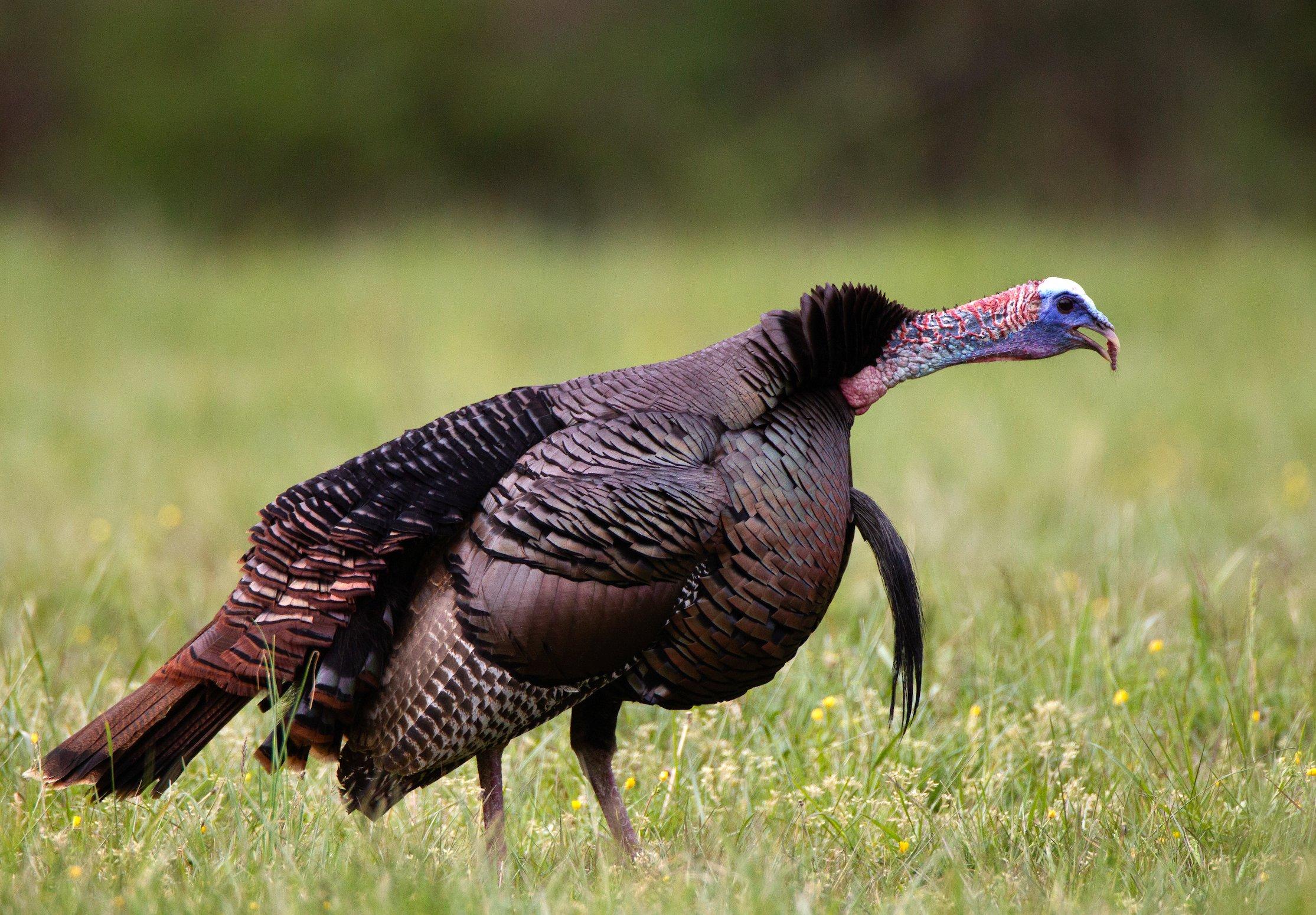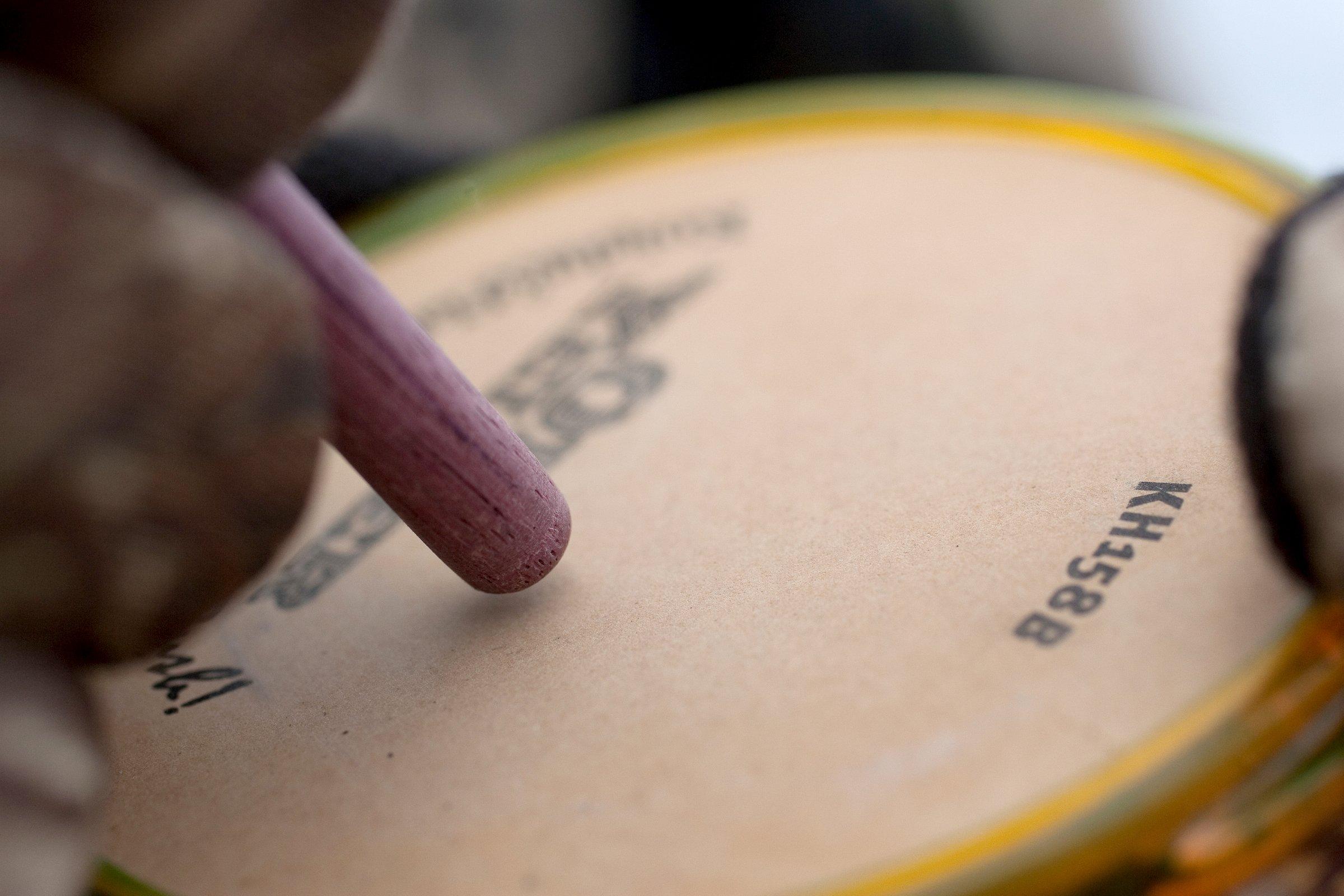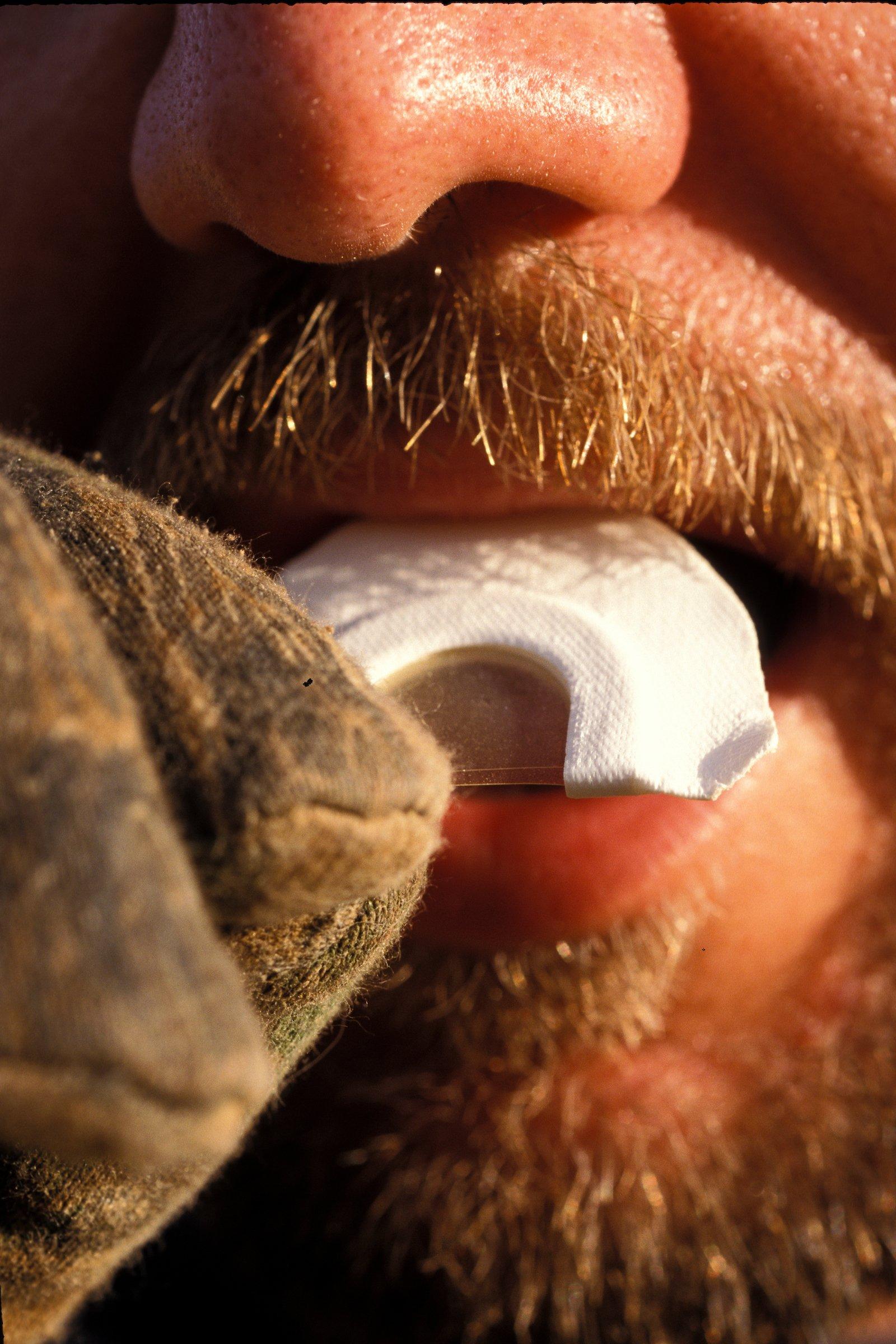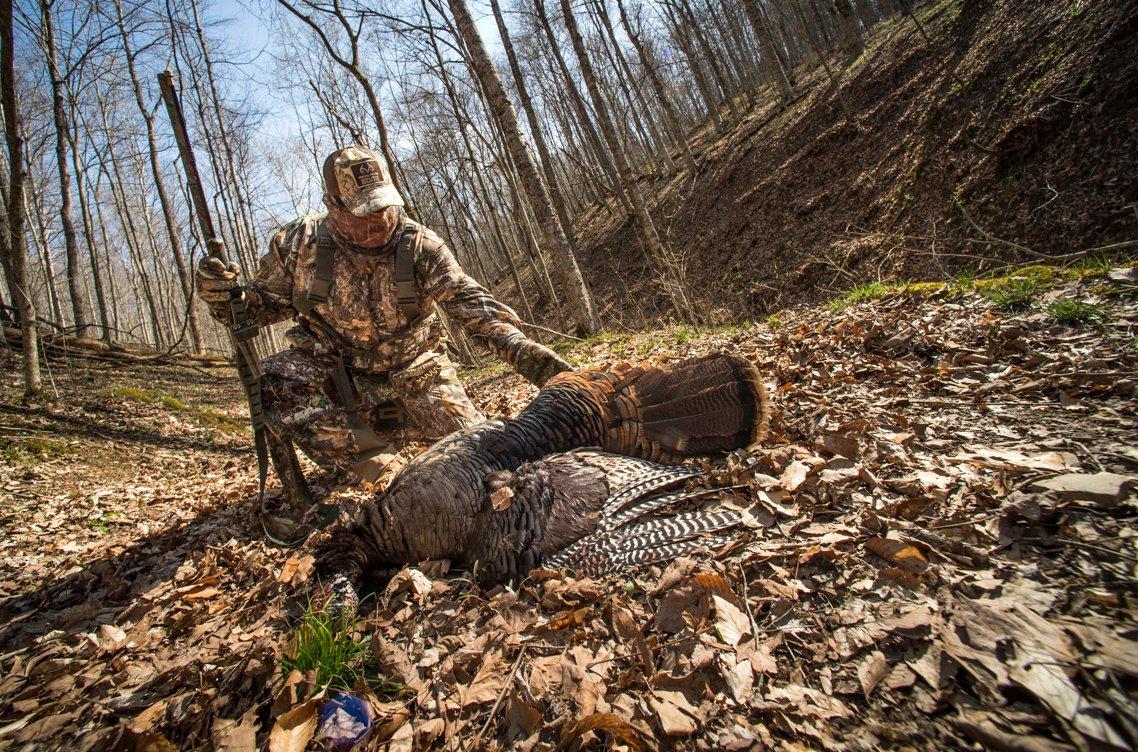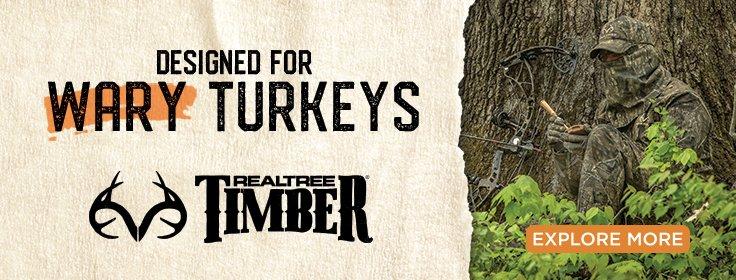These 10 tricks will take your calling to a higher level
You can learn the basics of turkey calling and even perfect many of the sounds simply by watching instructional videos online. But truly learning how to communicate with turkeys happens after a lifetime in the spring woods. Remember these tips at the moment of truth and you'll get more gobblers in gun range.
1. One April morning, I threw the kitchen sink at an ornery old Mississippi gobbler. He roared at all my prettiest clucks, yelps, and purrs but just stood there and strutted 80 yards away in all his gaudy splendor. Gobbled another 50 times but didn't budge an inch my way.
OK, sharp spurs, I'll give you something a little different, I whispered.
Pinning a two-reed diaphragm to the roof of my mouth, I squealed sort of a chopped-off kee-kee in front of a run of high-pitched yelps. On a box call, I pressed the lid hard on the sounding lip and stroked a long whine and then more yelps. The turkey broke strut and nearly tripped over his 10-inch beard as he ran body-rocking into shotgun range.
Listen closely to live turkey hens and you'll hear that they routinely make little squeals, squeaks, and whines in their clucking and yelping routines. These offbeat notes can drive a tom wild. Tweaking your diaphragm or friction calling can have the same effect. Once in a while, those bad sounding squeaks and squeals you hit on purpose can fire up a stubborn gobbler and bring him running.
2) Place a new diaphragm call halfway between your front teeth and the back of your mouth. If it feels too big and flat, bend the aluminum frame slightly downward. The call will feel more comfortable against your palate. You'll get a better fit and air seal, which will sweeten the sounds of your clucks and yelps.
(Don't Miss: The Best Semi-Guided Turkey Hunts)
3) Get versatile on a slate, glass, or aluminum pot call. Hold a striker loosely and stroke the middle of the call for raspy yelps and clucks. Squeeze the peg a little tighter and run it near the edges of a pot for higher-pitched calls. Switching between various types of wooden strikers as you work all over the surface of a pot further diversifies your calling.
4) For obvious reasons, it's best to mimic a love-starved hen in spring. But 10 percent of the time when you're set up on a stubborn bird, clucking and yelping like a gobbler can work. You sound like a vagabond tom in the social hierarchy, skirting the edges of a breeding flock and looking for company. A 2-year-old subordinate longbeard looking for a buddy might come over to check you out. Or, better, the dominant gobbler might strut over to see who dares invade his breeding turf.
For me, it's easy to gobbler yelp on a multi-reed diaphragm with a raspy tone. You can also run a box call or stroke a striker in the low-pitched middle of a slate or glass pot. Whichever call you use, remember to slow down the length and rhythm of your yelps. Deep-throated gobbler yelps are slower than hen yelps. Toss in low-pitched clucks for realism.
5) After sneaking close as you dare to a roosted turkey, sit and listen. If the tom booms love tunes and drums, and you hear no hens clucking and yelping, don't call too early. Wait until the sky starts to glimmer pink, and then float a soft tree yelp and maybe a few clucks to let the bird know you're there.
If the turkey rips a return gobble, and especially if he cuts you off, shush. He thinks you're a hen, and he knows where you are. The bird will probably start gobbling more, and you'll be tempted to call back, but don't. Play hard to get, and wait for him to fly down your way.
If the roosted turkey fails to gobble at your first tree yelp, however, cluck and yelp a little more and louder to focus his attention your way. If there's still no action, don't sweat it. Sit quietly and listen for thumping wings as he flies down. Then hit the grounded bird with a spirited cackle, flapping a turkey wing or your camo cap against your thigh to create the illusion of a hen flying down nearby. If the tom gobbles and starts your way, you might not have to call again.
(Don't Miss: The Fine Art of Working a Turkey)
6) When you set up on a gobbler strutting with hens, listen to the lead hen and mock her. If she yelps, you yelp back, a little louder and more aggressively. If she clucks, you cluck with zest. Rile a boss hen and she might come to check out the sassy new girl in town, towing a gobbler along for a look. Or your mocking calls might lure a satellite tom traveling the fringes of a breeding flock. The turkey won't be the dominant strutter, and he probably won't gobble much, if at all. But he'll likely have about a 9-inch beard and 1-inch "hooks." You'll be more than happy to take him, right?
7) Cutting on a diaphragm or friction call is my favorite way to locate toms that are strutting but not gobbling much during the lazy midmorning hours. But when you're walking and prospecting, don't get carried away on a call and string together too many loud, aggressive cutts. Those might sound awesome, but they can actually drown out a turkey's lone shock gobble so you can't hear it.
Here's the right way. Stop walking, stand still, cutt in sharp three-second bursts, and listen closely for a bird to gobble back.
8) When running a box or pot-and-peg call, hold it away from your body at arms' length and point it toward a ridge, hollow, or creek bottom where you think a gobbler might be roosted or strutting. I call it giving the call some room. You'll see how it increases the volume of your yelps and cutts and helps to funnel them toward a turkey.
(Don't Miss: Where do Winter Turkey Flocks Go?)
9) Let's say a tom gobbles on the ground in a spot where he cannot see you (maybe behind a little rise or hidden in foliage 90 yards away). Set up, level your shotgun across your knees, and get comfortable. Then cup a camouflaged hand to your mouth and turn your head slowly while running a diaphragm. Hold a friction call low and to either side of your body, and then move it into your lap and stroke some clucks, yelps, and purrs out front. Varying not only the line but also the volume and intensity of your calls enhances their ventriloquistic effects. This can keep a tom on the move, wondering where the heck that hen is. Pretty soon, a snowball head might pop up in shotgun range.
10) Now for the final convincer. When a gobbler is close and coming, it's best not to call at all. Let him play the game and strut in as you enjoy the show. But if a bird hangs up 50 or 60 yards away, you need to coax him with a bit of discreet calling. Cluck, yelp, or purr softly as a tom gobbles, or if you hear him walking in the leaves. When a turkey gobbles or walks, his hearing is less acute, and it's harder for him to nail the precise location of your calls. The bird has to strut and come 20, 10 or 5 yards closer in search of that sweet-talking hen. When you spot his red-and-white brain stem and swinging beard, go ahead and make your season.
(Don't Miss: Why Modern Hunters Still Miss Turkeys)

